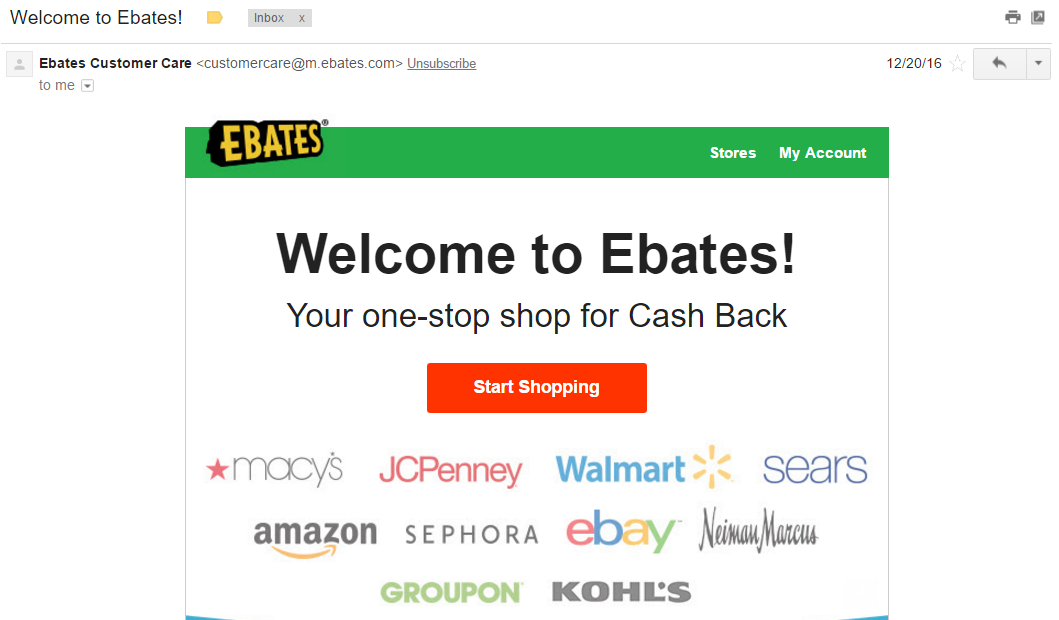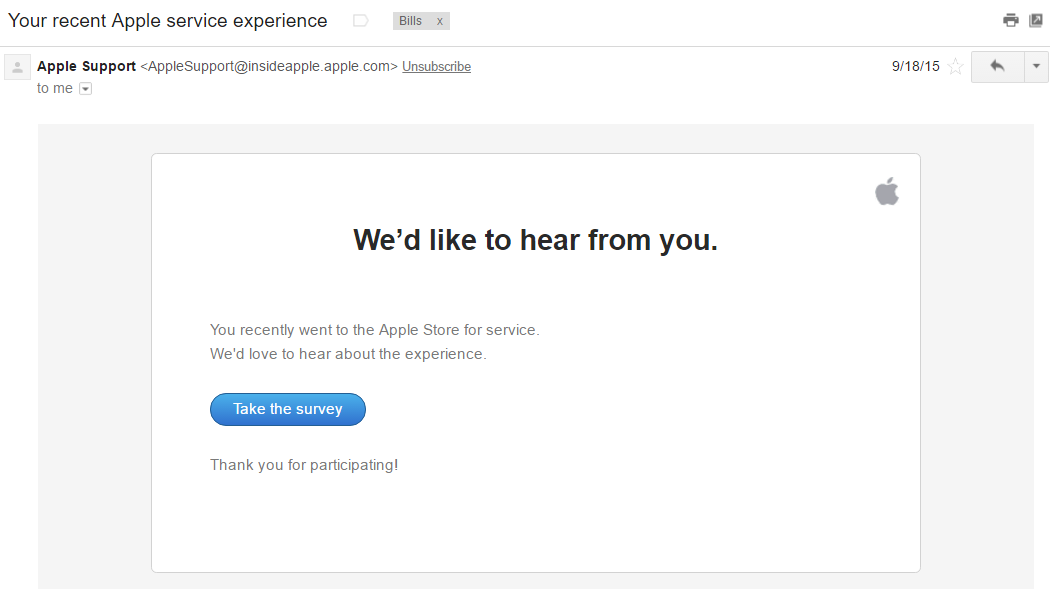5 Email Marketing Strategies You Can Use For Your Agency’s Clients Right Now
February 23, 2023 5 min read

An email list is a marketer’s godsend. Not only is this a direct line to your target audience, but you’re talking to a group of people who clearly love your brand so much they have invited you into their inboxes. They’re interested in your brand, able and willing to act, and you’ve already got at least 1,000 names to get started.
So when your agency’s clients come to you with 10% open rates and even lower click-through numbers, you’ve got to know how to turn that around.
There are some obvious tricks you most likely understand at this point—list segmentation and email personalization are assumed. But email marketing campaigns, much like the rest of technology, are constantly changing, and strategies that worked in 2013 are minimally effective today.
Knowing the latest tricks can help you surprise your clients by unearthing new levels of engagement in a list they’ve been sitting on for years.
1. Do Personalization the Right Way—Not the Creepy Way
Personalization is a foregone necessity with email marketing campaigns, but many agencies and marketers still rely on the [firstname] shortcode to do the trick.
It doesn’t. It’s transparent and lazy.
Instead of relying on using their first name (and is it even their first name? Who knows?), you should be segmenting email lists by geographic location, purchase history or visit frequency, and using those signs to personalize your emails, instead.
It’s more approachable to say, “Hey there, thanks for buying something from us yesterday!” than it is to say, “Hi joeschmo8, thanks for your purchase!”
There’s a give and take here, as well. Transparency and friendliness go both ways—if you’re interacting personally with your audience, you should reciprocate by showcasing the decent human being that you are.
That means no more emails sent from “noreply@”, and making sure people know that they can respond to you directly by replying to the email. If you want to stay invited to their inboxes, you’ve got to welcome them into yours.
You can bring email personalization to a new level by tailoring specific recommendations to subscribers based on what they’ve shown interest in before.
Netflix does this especially well every time they add a new show, offering the subject line: “We’ve just added a show you might like.”

2. Tell Them to Delete Half of Their List
Sound crazy? It isn’t, when you think about it.
Purging your email list will keep your client’s list current, responsive and tight. You don’t need to literally delete half of it, but by deleting some old, dead emails that are either bounces or haven’t engaged in two years, you’ll be increasing your client’s open and click-through rates in a fair and accurate way.
Obviously this should not be done lightly, or even as a first response to low engagement rates. It’s always a good idea to try re-engagement strategies a few times to entice old customers and remind them why they signed up in the first place.
But when all else fails, if they’re not interested, it’s better for both sides to part ways. You’ll be doing yourself a favor in the long run.
3. Freshen Up Their Automated Welcome Campaign
We’re assuming every new subscriber to your client’s email list gets at least one welcome email, telling them a bit about the brand and thanking them for subscribing. In 2017, this is considered a common courtesy.

What’s less common is researching and creating a whole series of two or three emails, spread out at least 24 hours apart, which continue a logical thread that should engage the customer.
This will vary depending on your client’s needs, of course. Informing subscribers about little-known deals or benefits to keeping in touch is ideal, but you might also recommend a friendly follow-up email ensuring people are finding what they want, or satisfied with your service. This also opens up an opportunity to get genuine customer feedback—since, after all, the emails are coming right back to your client’s inbox.
4. Simply Ask Customers to Take a Survey
Sometimes, the most direct approach is the easiest.
It’s no secret that email marketers want to be relevant in their audience’s lives. So taking a survey to get to know more about them is a great way to help give some direction for email list segmentation and overall company direction.

Often, simply sending a basic text email—no fancy templates, no big CTA buttons—can be effective. It reads as refreshingly human and simply.
You can sweeten the deal by offering entry to a giveaway or a coupon code to a product you know they’ll appreciate.
5. Round Up Your Client’s Best Content
One easy campaign to run is a weekly or monthly e-newsletter. For media publications and some digital companies, it’s top-of-mind; for others, it’s less obvious.
If you’re emphasizing content marketing with your client, compiling the most popular articles into a regular newsletter is a no-brainer. You can mix and match those articles with new, relevant products to increase CTRs, and offer other tidbits to delight their audience—fashion tips, industry notes, infographics, inspirational quotes, whatever works.
If your client has any kind of evolving web presence, transforming that into a newsletter is a quick and easy way to repurpose content in a direct, helpful way.





